
Thai Vi Temple – Sacred temple in the heart of Tam Coc
ContentsThe majestic beauty of Mua caveStratigraphy in the Mua cave areaHistory of formation of Mua Cave ecological areaHistory of formation of Mua CaveFactors influencing the
Mua Cave in particular and Mua Cave ecological complex in general are natural masterpieces bestowed on the land of Ninh Binh. 10km from Ninh Binh city with about 15 minutes of travel, you can easily come and visit this place.
Reference:5 Ways to Transfer to Mua Cave: Fastest, Shortest, Cheapest Way?
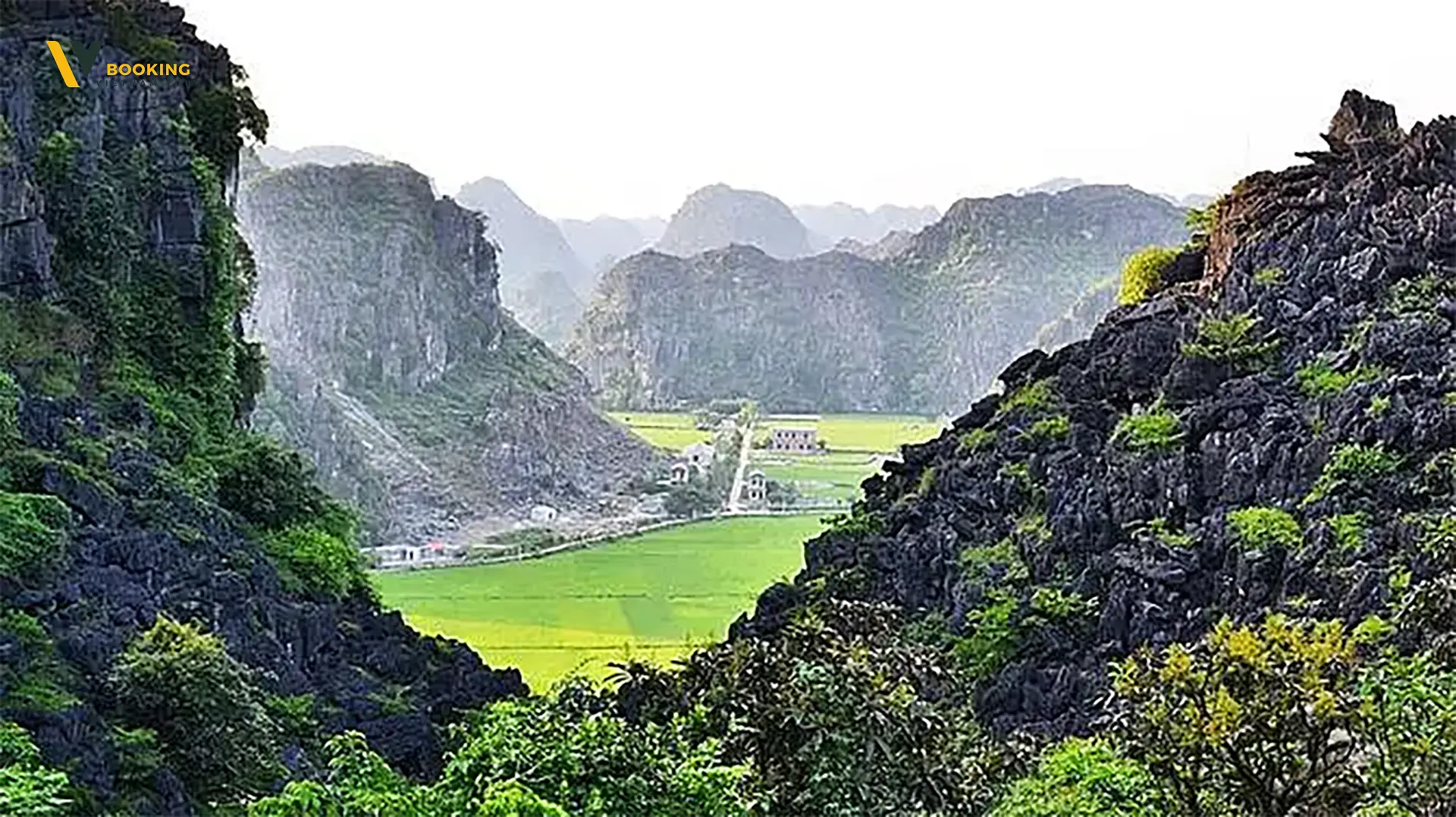
Mua Cave – one of the enchanting destinations with its majestic and magical beauty. Mua Cave is made up of large layers of limestone, creating a wonderful and impressive natural picture.
The beauty of Mua Cave is not only the majesty of the limestone mountains but also the beautiful and romantic surrounding landscape. At the foot of Mua Cave, green rice fields stretch endlessly, creating an extremely charming and poetic scene. Besides, the Ngo Dong river winds below, adding charm to this land.
With the harmonious beauty between the cave and the surrounding natural landscape, Mua Cave is an ideal destination for those who want to find magic and peace in the heart of nature.
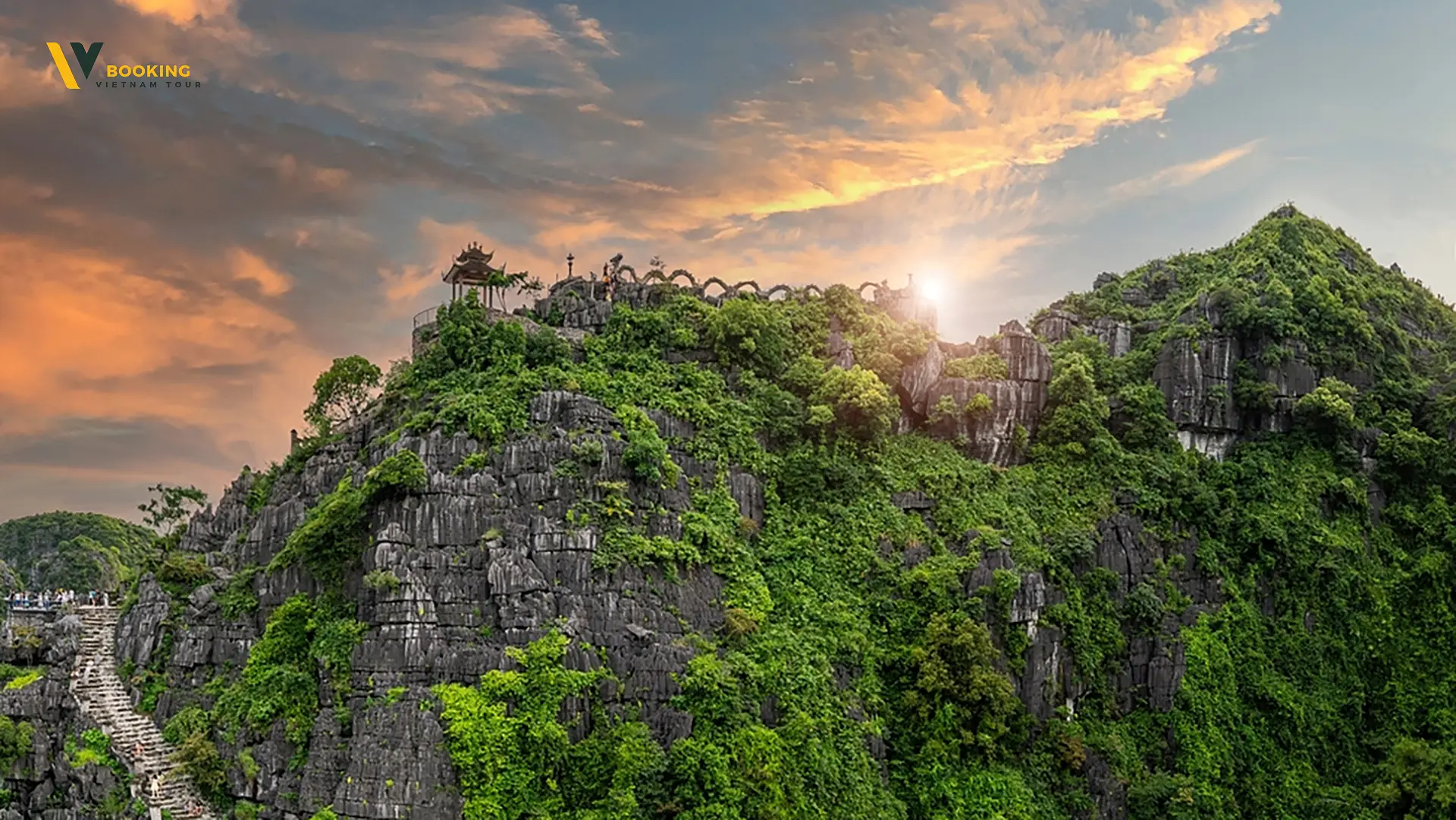
Mua Cave is a land with many forms and vegetation, but the majority of it and also the point where Mua Cave is formed is limestone mountain formation.
Besides, Mua Cave ecological area is also home to very rich and primitive vegetation, bringing a new and majestic feeling when setting foot on this land:
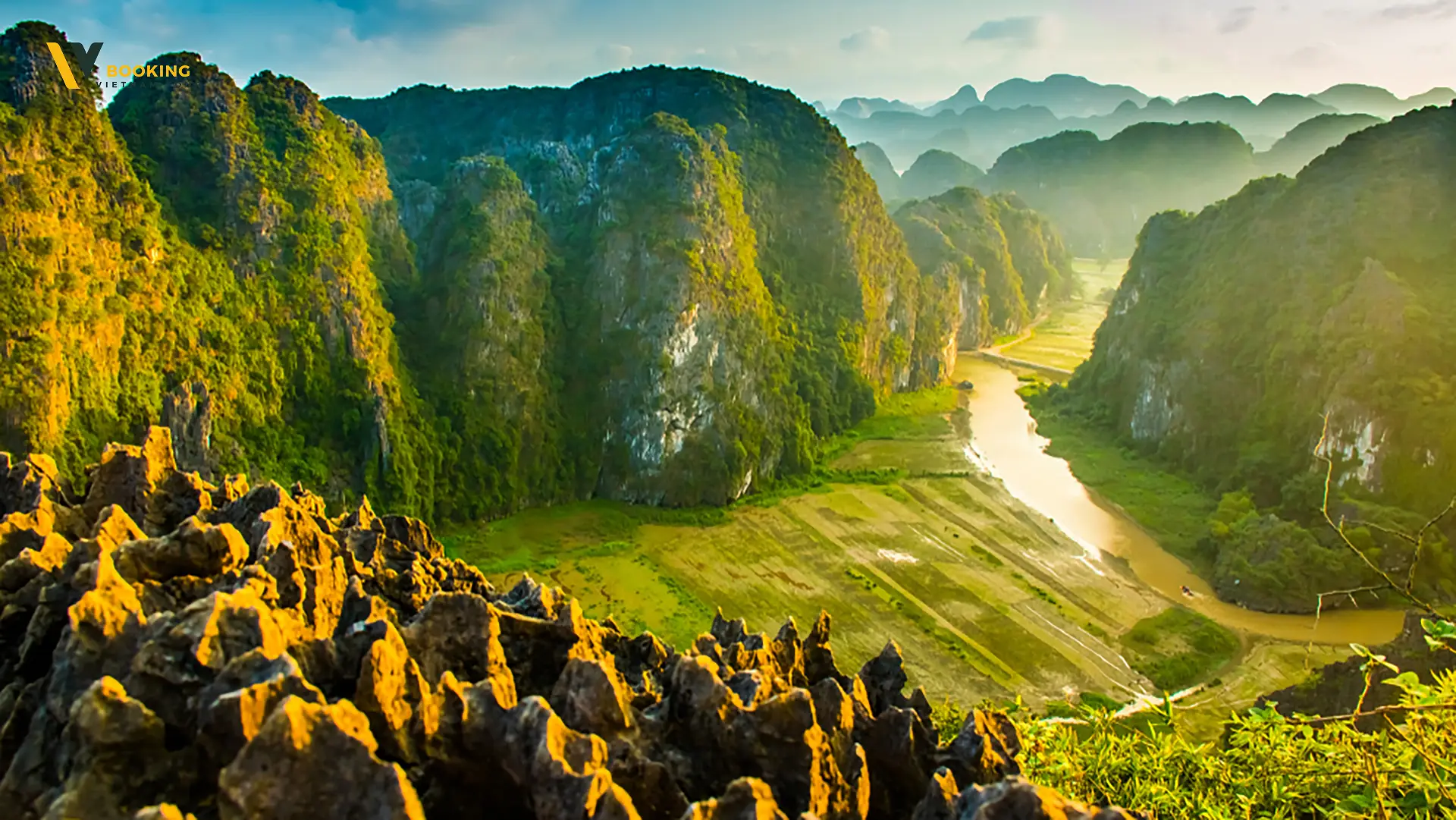
From these things, unique geological and ecological characteristics have been formed for the Mua cave area:
The unique natural beauty, part of Vietnam’s precious cultural and natural heritage, of Mua Cave also comes from the long history of formation of this scenic spot.
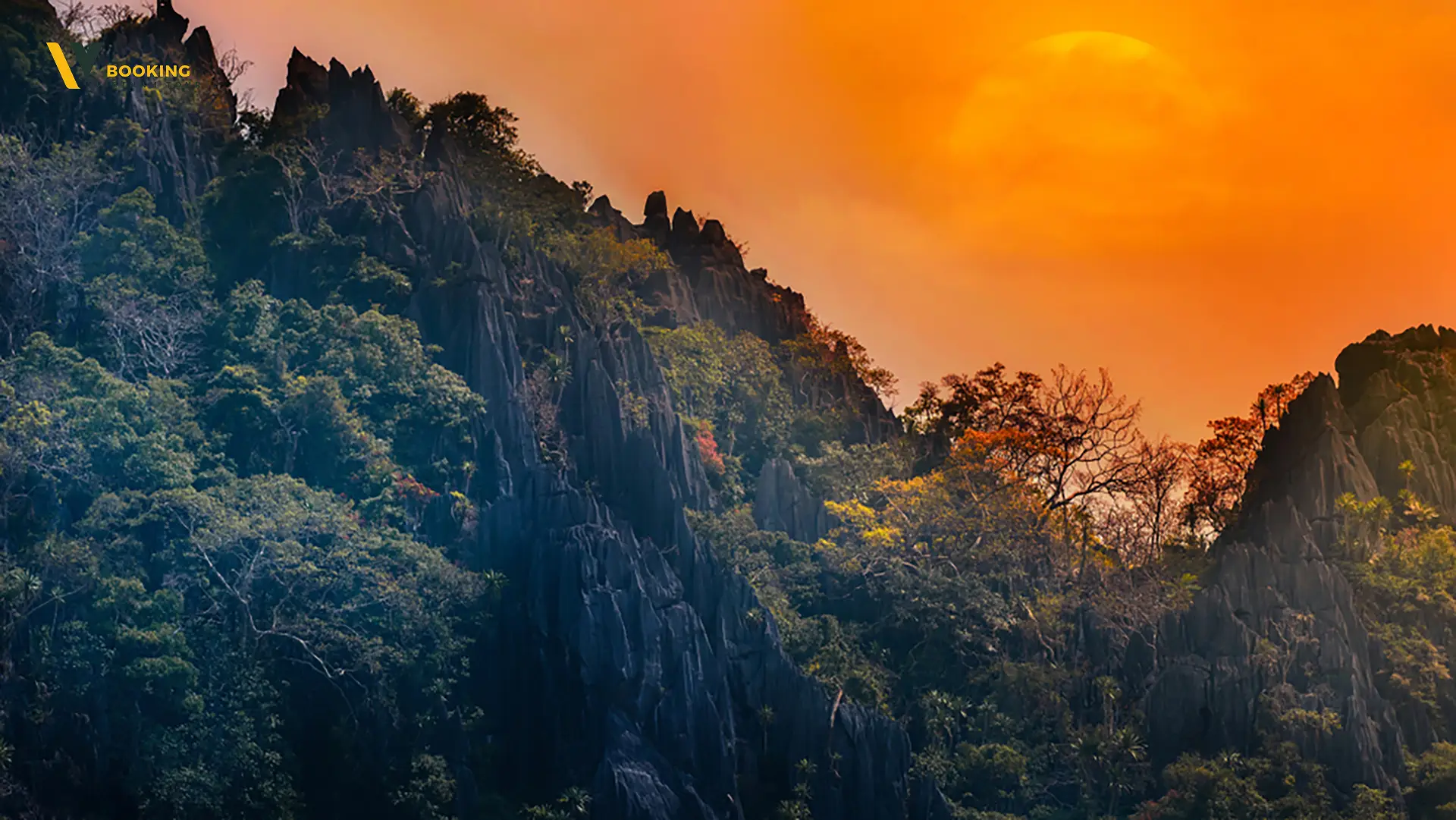
Mua Cave was formed millions of years ago due to the erosion of water and limestone. After being discovered, the Mua cave area was used as a shelter for people during the war.
In addition to the beauty created by nature, Mua Cave tourist area is also a place of historical value because of the masterpieces created and formed by Vietnamese people such as:
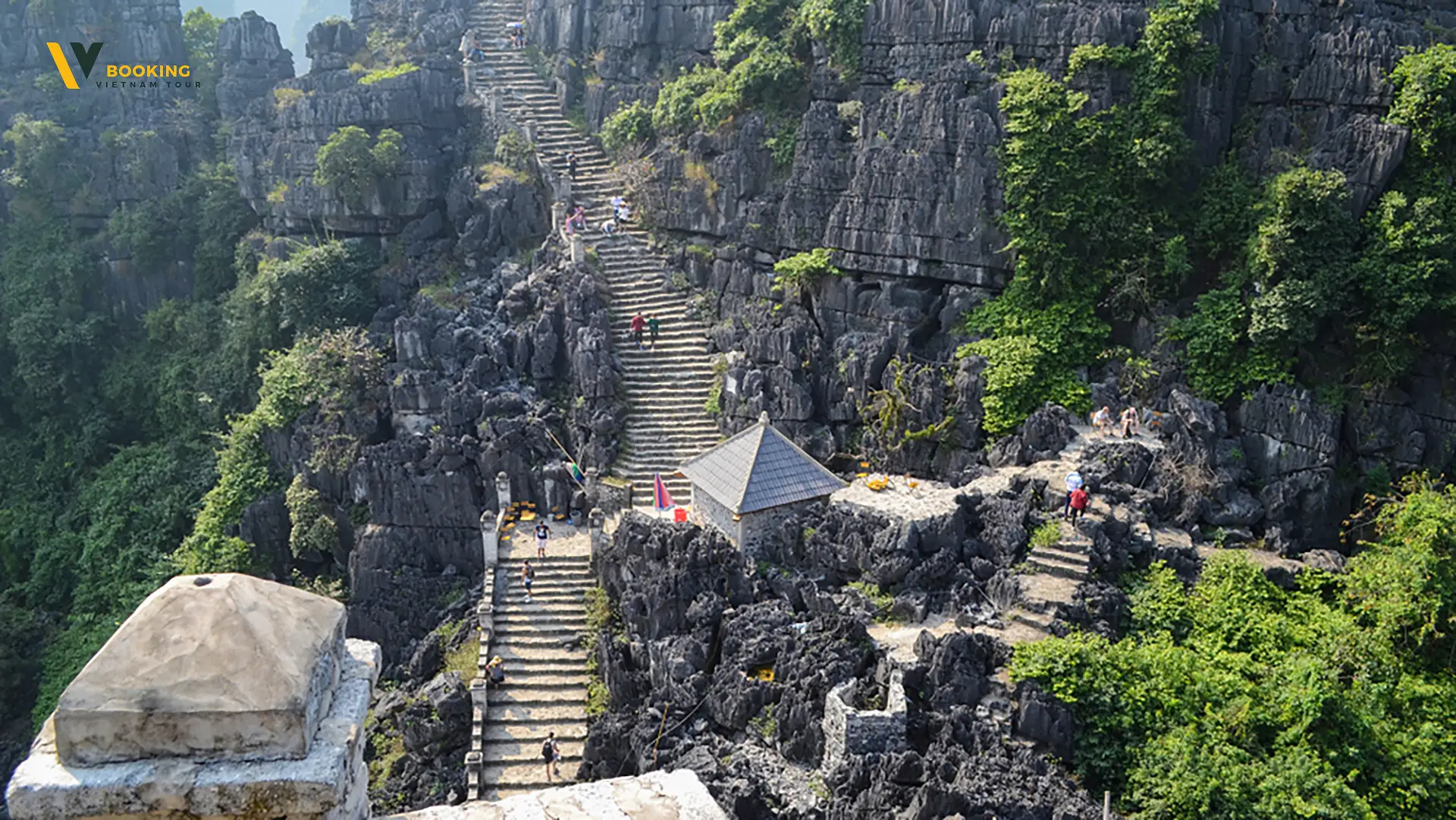
Many tourists think of the road to the top of Mua Mountain as a miniature version of the Great Wall. Conquering the rocky steps of Mua Mountain during the Mua Cave Hike may be challenging, but when you reach the top of the mountain, you will be rewarded by the majestic and magnificent natural scenery of the Tam Coc – Bich Dong ecological area.
Along the road, visitors can admire lush green trees, steep cliffs and mysterious caves.
In spring, the road is decorated with blooming peach blossoms, creating an extremely romantic scene.
In the fall, the road takes on a brilliant yellow coat of foliage.
With these unique characteristics, the Mua Mountain stairs have become one of the most famous tourist attractions in Ninh Binh.
Do you want to experience for yourself the beauty and mysteries of Mua Cave tourist area? Join the package tour now: Hoa Lu – Trang An – Mua Cave – 1 Day Trip By Limousine

ContentsThe majestic beauty of Mua caveStratigraphy in the Mua cave areaHistory of formation of Mua Cave ecological areaHistory of formation of Mua CaveFactors influencing the
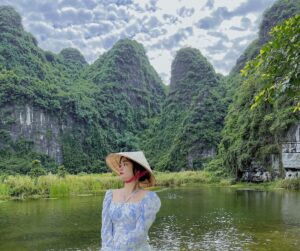
ContentsThe majestic beauty of Mua caveStratigraphy in the Mua cave areaHistory of formation of Mua Cave ecological areaHistory of formation of Mua CaveFactors influencing the
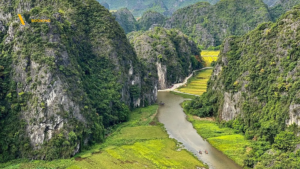
ContentsThe majestic beauty of Mua caveStratigraphy in the Mua cave areaHistory of formation of Mua Cave ecological areaHistory of formation of Mua CaveFactors influencing the
6/Class Star
4/Class Star
4/Class Star
4/Class Star
4/Class Star
4/Class Star